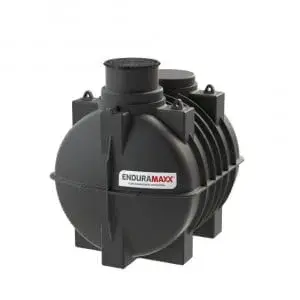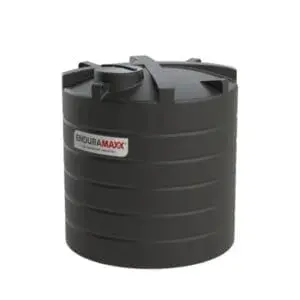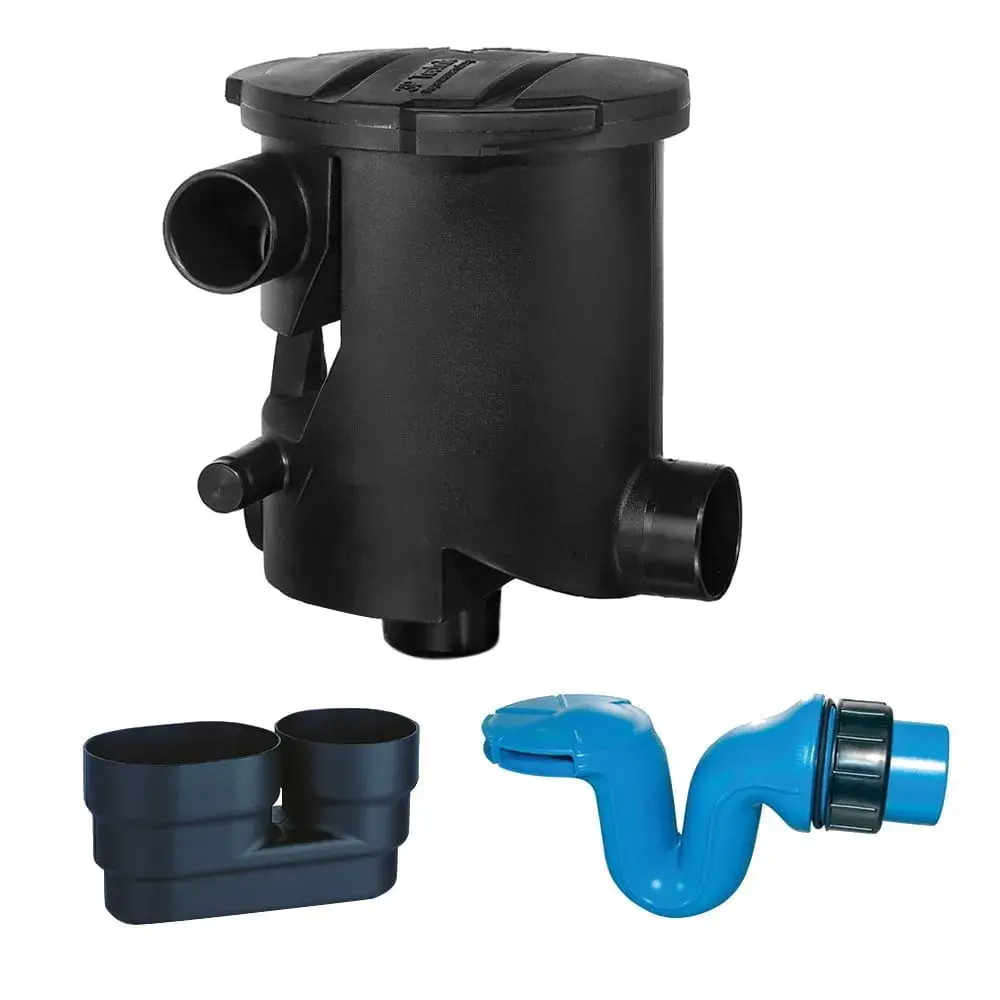Settlement tanks and coagulation tanks have many applications for the removal of solids from wastewater. One example is the use of a settlement tank on construction sites to allow silt to settle out of the water in the tank. Settlement tanks can be used as the primary treatment for wastewater and in the secondary stages of treatment.
What are primary settlement tanks used for?
Primary settlement tanks are used in the initial stages of water treatment. The solid particles simply settle at the bottom of the tank, from where they can be removed.
The solids (sludge) collected by the unit settle in the cone base or hopper and are removed by opening a gate valve. This can be automated and allow for the continuous circulation of water. The unit does not need to be taken offline for emptying. The treated water is collected at the top of the vessel.
Primary settlement tanks are used may situations including the treatment of sewage and in aquaculture. Anywhere where there are floating or sinking solids. Primary clarifiers may be used to reduce the number of suspended solids which includes other pollutants such as heavy metals embedded in the suspended solids.
High-Performance Settlement Tanks
These heavy-duty units give a large settlement area within a small footprint. These tanks (silt traps) can be rapidly deployed to remove suspended solids. Silt technically refers to a specific grain size applied to fine particles of soil. It gives the water a muddy or dirty appearance. The most common source of silt pollution is the result of rainwater runoff from top-soil stripped areas of construction sites.
When washed off into nearby watercourses, silt pollution is highly visible and easily traceable back to the site. Silt can travel a long way causing significant environmental harm. This includes suffocating fish by blocking gills and settling on river beds killing organisms dwelling there.
There are legal limits for the concentration of suspended solids in discharged water and is closely monitored by the environment agency. Breaching these is a common reason for construction companies being taken to court and fined.
Why is coagulation carried out in settlement tanks?
Chemicals are sometimes added to the water being treated to form precipitates and settle suspended solids in the raw water. The water to be treated is often mixed with chemicals to decrease the settling time. This water flows through the inlet down to the base of the coagulation vessel via the central chamber. The water then flows up the outside of the chamber where the suspended solids and precipitates settle out.
One example of this is the addition of lime to water. This reduces the alkalinity of the raw water, and this allows the precipitation of insoluble hydroxides.
Secondary settlement tanks or clarifiers
These are further settlement tanks for use after the water has received its primary treatment. Coagulation and flocculation produce flocs from biological growth which can then be removed as they sink to the bottom of the tank.
Enduramaxx settlement tanks
We have a large range of settlement tanks and coagulation tanks. Out cone tanks are ideally suited to removing sludge from the water, without turbulence and without taking the tank offline, since a continuous flow of water can be sustained.
To see our range of Settlement Tanks for Wastewater Treatment click here.
If you would like to discuss your needs please give us a ring on 01778 562810 – our team will be happy to assist you.
Posts By Topics
- Blog (303)
- Chemical Storage Tanks (118)
- Chemical Dosing Tanks (114)
- Chemical Tanks (114)
- Water Tanks (58)
- Rainwater Harvesting Tanks (43)
- Vertical Rainwater Tanks (31)
- Vertical Storage Tanks (31)
- Cone Bottom Tanks (19)
- Conical Cone Tanks (18)
- Rainwater Harvesting (17)
- Water Bowsers (15)
- Horizontal Tanks (14)
- Potable Water Tanks (13)
- Farming (9)
- Case Studies (8)
- Industrial Storage Tanks (7)
- Liquid Fertilser Storage Tanks (6)
- WRAS Approved Potable Tanks (6)
- Wine and Beer Production (6)
- Horizontal Transport Tanks (5)
- Microbrewery (5)
- Rainwater (5)
- Category 5 Break Tanks (4)
- Cider Production (4)
- Mixer Tanks (4)
- Molasses Tanks (4)
- Polyethylene tanks (4)
- Rainwater Filter Kits (4)
- SPECIALIST & BESPOKE TANKS (4)
- Bunded Tanks (3)
- Slimline Tanks (3)
- WRAS Approved (3)
- Clarification Tanks (2)
- Crosslinked Polymer Tanks (XLPE) (2)
- Fertiliser Tanks (2)
- Sump Tanks (2)
- Tank Installation (2)
- Water Butt (2)
- underground water tanks (2)
- ACCESSORIES & FITTINGS (1)
- ATV & UTV SPRAYING UNITS (1)
- Above Ground Effluent Tanks (1)
- Bespoke Tank Frames (1)
- Category 5 Turret (1)
- Caustic Soda Tanks (1)
- Closed Top Bunded Tanks (1)
- Craft beer (1)
- Effluent Tanks (1)
- Enduramaxx (1)
- Ferric Chloride Tanks (1)
- Fire Safety Regulations (1)
- Fire Sprinkler Water Storage Tanks (1)
- Industrial Water Tank (1)
- Open Top Bunded Tanks (1)
- Open Top Cone Tanks (1)
- Open Top Vertical Tanks (1)
- Polyethylene Potable Water Tanks (1)
- Polyvinylidene Fluoride (PVDF) Tanks (1)
- Polyvinylidene Fluoride Tanks (PVDF) (1)
- Pressure Washers (1)
- Pro Series Spot Sprayers (1)
- RWH (1)
- Sodium Hydroxide Storage Tanks (1)
- Sprayer Fill-up Tanks (1)
- Uncategorised (1)
- liquid fertiliser tank (1)
Sign up to the newsletter
enduramaxx.marketing
Related Posts
PWTAG Water Guidelines: Safe Chemical Storage Tanks
The PWTAG Water Treatment Guidelines, the PWTAG is a UK-based independent, non-commercial...
Effluent & Process Water Treatment Consultancy & Support
Effluent & Process Water Treatment Consultancy & Support, Enduramaxx, wastewater treatment, process...
Cooling Tower Water Treatment
What is Cooling Tower Water Treatment, treatment of cooling towers to ensure an efficient process...
Related Products
From £1,080.00 inc. VAT
£900.00 exc. VAT
From £1,344.00 inc. VAT
£1,120.00 exc. VAT
From £768.00 inc. VAT
£640.00 exc. VAT
£480.00 inc. VAT
£400.00 exc. VAT





